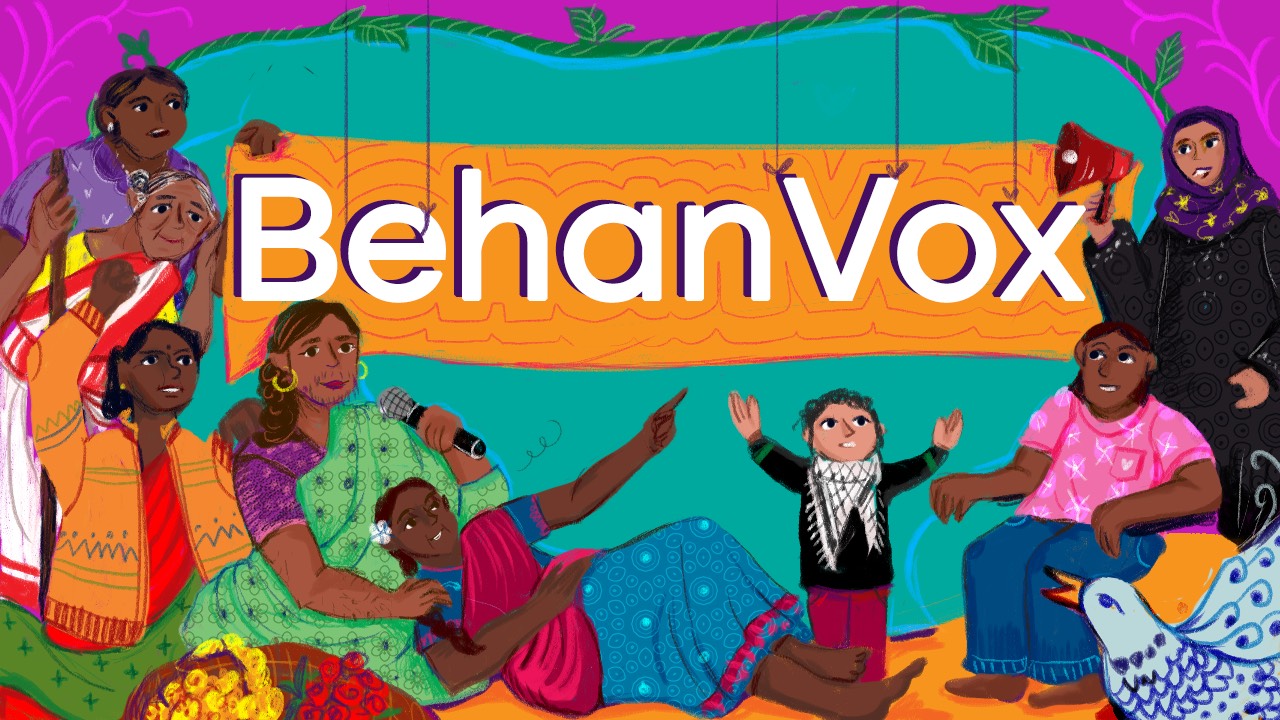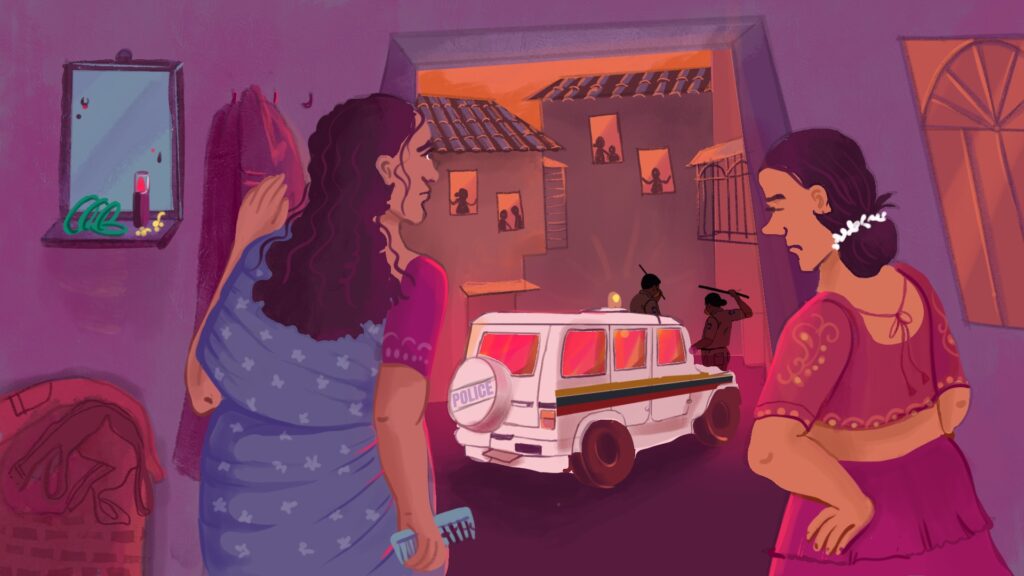It was towards the end of the 18th century that Kamathipura grew out of marshy lands in the north of Bombay’s Fort area. Its name came from the marginalised caste of migrant construction labourers from Andhra. In the 1880s, it was designated by colonial military as a zone for sex work to cater to the troops and young. But it was also a vibrant quarter, home to migrant workers from across the country and from multiple communities.
By the start of the 20th century, Kamathipura sat at the heart of the city which was growing outwards rapidly. The liberalisation of the 1990s saw developers eye the mill lands around it, premium locations for the land-starved city. The construction boom is now in full swing and is set to swallow the old Kamathipura as well. Last month, the state government announced its redevelopment plan for the district.
Featured widely in feature and documentary films, Kamathipura historic red-light areas are cramped lanes lined with brothels fronted by “cages” – apparently installed in the 1890s to protect the women from unruly customers. Over the last two years, sex workers allege, the number of police raids on their settlements here have spiked. These raids are positioned as “rescue” missions meant to save unwilling sex workers from traffickers and exploitation.
However, the women and their networks of solidarity claim that most workers here are engaged in the trade willingly. From impoverished homes, many of the women have made Kamathipura both their home and workplace. They are not looking to be rescued or rehabilitated through the outdated government schemes such as the Sudhar Griha project.
The raids, they allege, are being engineered to frighten the women into leaving Kamathipura so that it would clear the path for the redevelopment work. Police have sealed more than a dozen brothels in ‘Dinesh’ and ‘Rele’ buildings here. Activists report that all the brothels in the area have been shut for more than a month. Police patrols the area every afternoon and evening to ensure that women do not stand around outside to solicit clients. If seen on the road for purposes other than shopping or going for a walk, they are questioned and asked to return.
Around 500 agitated women sex workers protested against crackdown on brothels at Azad Maidan on July 16.
Rani*, a sex worker who migrated here from Kolkata, recalled the raid on her room. “When the police came, they vandalised our room, took away our belongings such as cash, golden-silver ornaments. They abused us.”
The sex workers told us that the police are making it impossible to live from one day to the next. “For more than a month we have been cooking in the dark, with the help of a mobile torch light,” said Parvati* who migrated from Andhra Pradesh nearly 20 years ago. “If we switch on the lights in the evening, the constables come, scold and force us to switch off the lights. According to the police, switching on the lights means we are serving our clients.”
Nearly 3,000 sex workers of Kamathipura have been affected by the police crackdown, according to activists.
Tejaswi Sevekari, who runs a collective of sex workers in Pune, maintains that the 17 lanes serving as workspaces for sex workers have now been reduced to four. “No one knows where these women go and how they live. The government has no record and the police action sex workers everywhere, not just Kamathipura because builders are lobbying to redevelop the area,” said “Not only Kamathipura, most red light areas in Maharashtra sit on prime land with immense real estate value.”
Read our story here.





